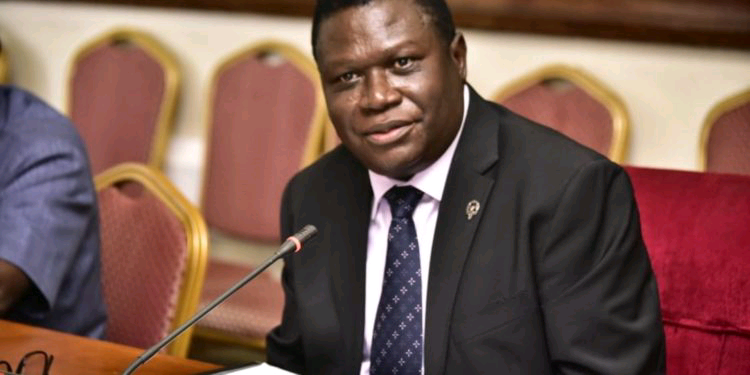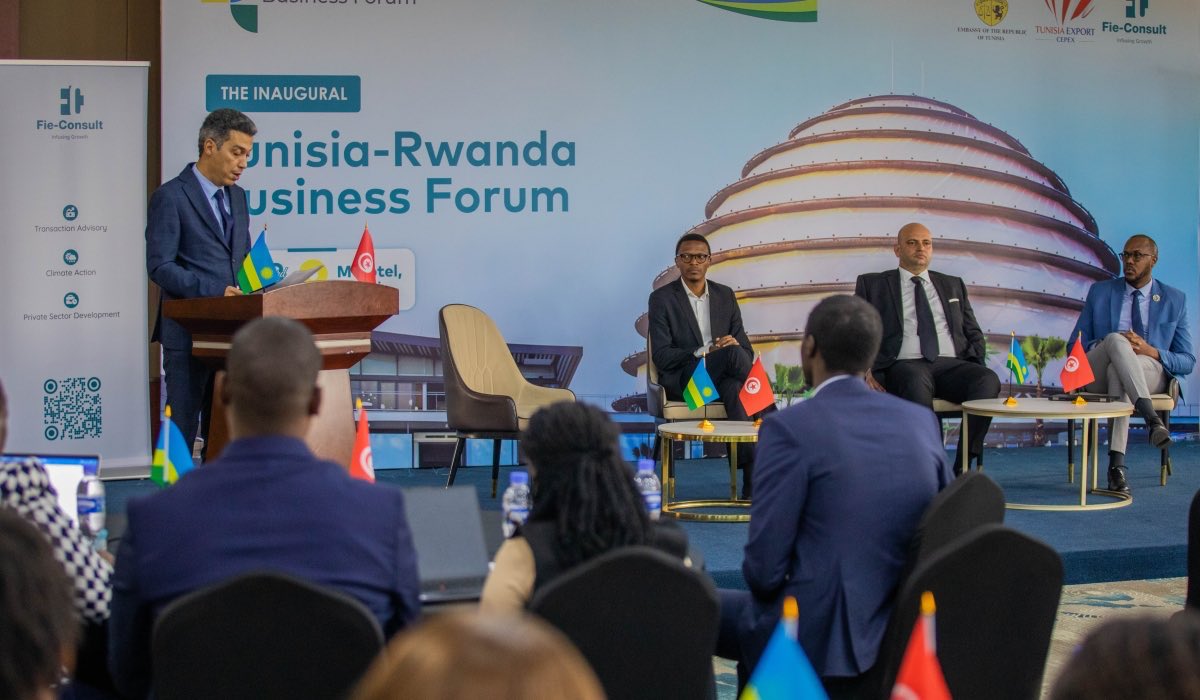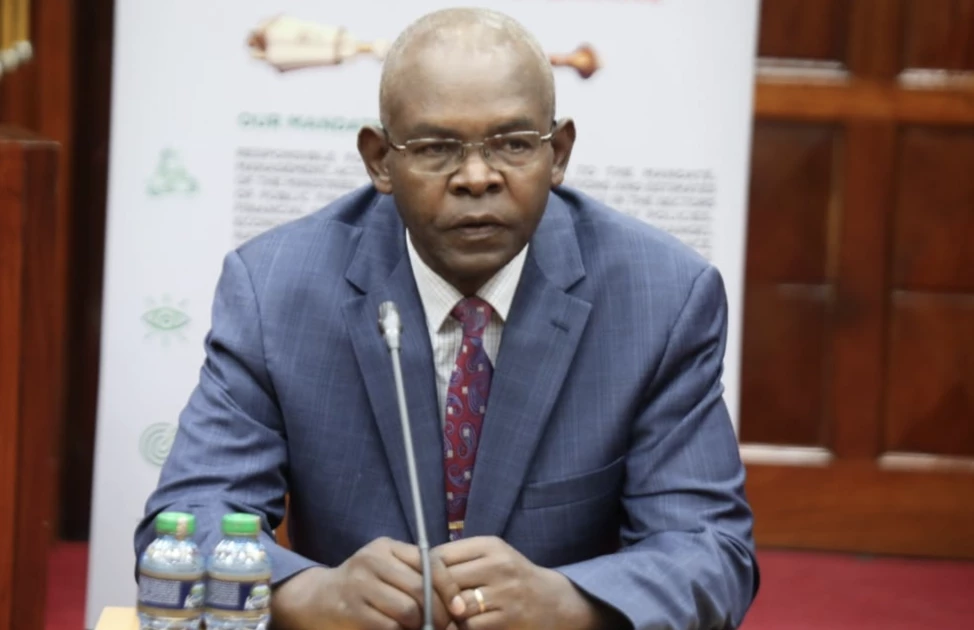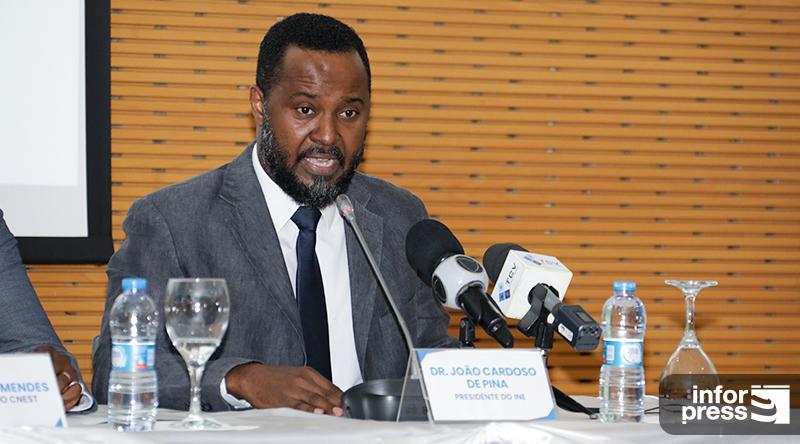CAF’s $5B Playbook for UNICEF Could Reshape Africa’s Risk Premium
CAF’s $5B child pledge with UNICEF is more than a Latin story. For Africa—home to 40% of the world’s children—it signals that human capital is now investable infrastructure, with debt spreads, ESG flows, and sovereign risk on the line.
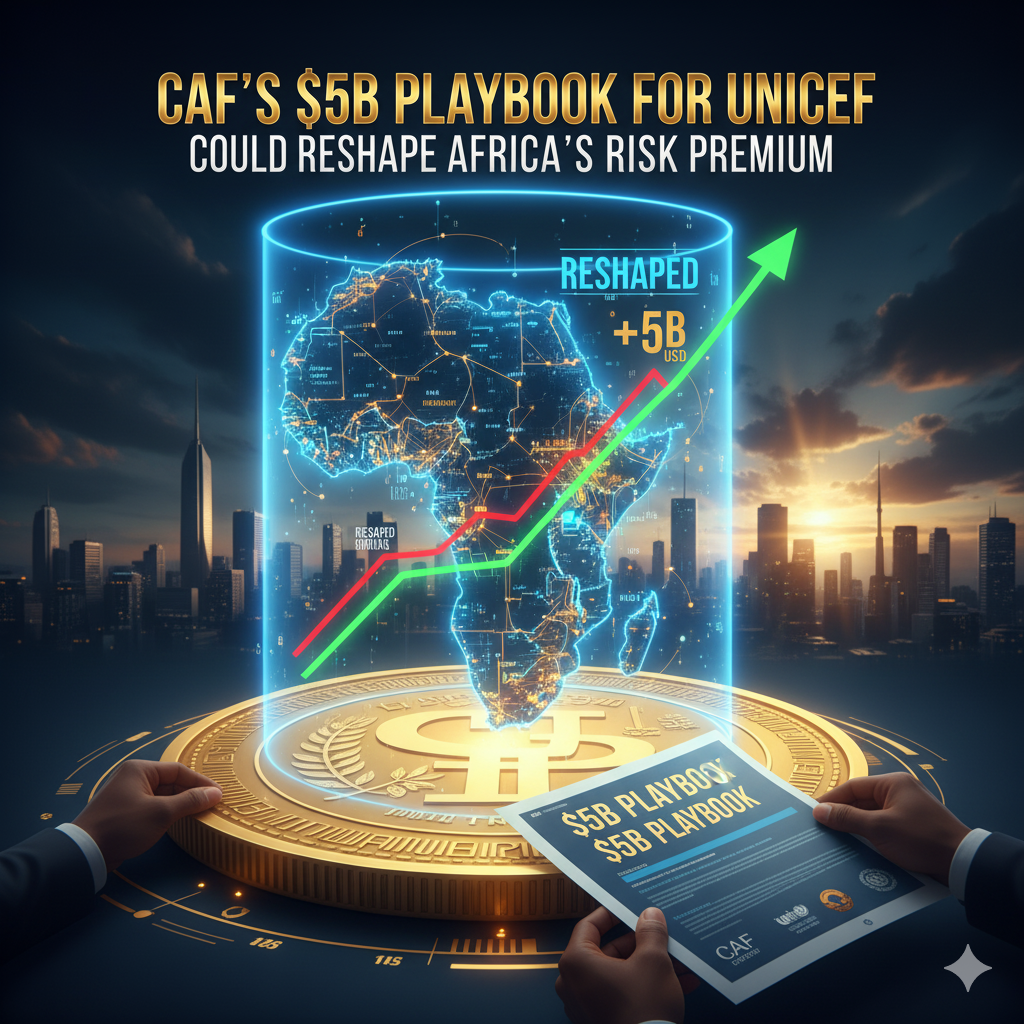
Latin America’s development bank CAF and UNICEF have pledged $5 billion for child-focused investment over the next five years, and while the headline centers on Latin America, the implications for Africa are profound. The continent already hosts 40% of the world’s children, a share projected to approach 50% by 2050. Yet nearly 90% of Sub-Saharan African children face “learning poverty,” unable to read a simple text by age 10, while stunting remains above 30% in many regions. These are not just social indicators but predictors of productivity, debt sustainability, and sovereign risk. For investors in African Eurobonds—Nigeria 2031, Ghana 2032, Zambia 2027—and equities on the Johannesburg Stock Exchange (JSE:ALSI) or Nigeria’s NGX (NGX:ASI), the trajectory of child outcomes directly shapes future creditworthiness and growth.
CAF’s approach matters because it repackages human capital as infrastructure—large, pooled, outcome-linked investment with UNICEF as anchor. Africa’s social spending has long been fragmented across small donor projects. The AfDB could replicate CAF’s pooled model, aligning with its human capital strategy. Benin’s SDG Eurobond and Côte d’Ivoire’s gender bond on the BRVM show markets already respond to social KPI-linked instruments. Embedding child metrics—literacy, immunization, nutrition—into bond frameworks could deepen credibility and unlock ESG flows. Global funds like VanEck Africa ETF (AFK) or iShares South Africa ETF (EZA) would gain a clearer ESG narrative tied to measurable outcomes.
Debt dynamics are central. Many African sovereigns, including Ghana, Kenya, and Zambia, face fiscal strain and IMF programs. CAF’s model of concessional, KPI-linked funding would let African governments ringfence child spending without worsening debt ratios. Ratings agencies increasingly cite human capital in their methodologies; UNICEF-backed outcome finance could strengthen arguments that such spending reduces future fiscal risk. For holders of Ghana 2035 and Kenya 2032 Eurobonds, this reframes child investment as a contributor to debt service resilience rather than a drain.
Regionally, adaptation is key. In the Sahel, fragile states could use outcome funding tied to nutrition and school attendance, sustaining services during shocks. In the Horn of Africa, drought cycles demand climate-smart WASH, school feeding, and mobile clinics. Nigeria and West Africa face surging demographics; embedding child KPIs into WAEMU-listed bonds or Nigeria’s NGX could channel local capital into social programs. Southern Africa’s challenge is inequality: South Africa’s 30% unemployment rate requires literacy, skills, and school-to-work pipelines. North Africa’s youth transition hinges on secondary completion and employability, with Egypt’s EGX30 reflecting cyclical risks tied to education and jobs.
Climate resilience amplifies the case. UNICEF warns that a billion children globally are at “extremely high risk” from climate change, with Africa disproportionately exposed. Schools and clinics built to withstand floods and powered by renewables reduce contingent liabilities. For African insurers like Sanlam (JSE:SLM) and Old Mutual (JSE:OMU), or banks such as Standard Bank (JSE:SBK) and Ecobank (BRVM:ETIT), climate-proofed child systems reduce systemic risk. Climate-tagged child bonds could expand Africa’s green finance pipeline, aligning sovereigns with global investors’ sustainability mandates.
Politics adds durability. School meals and vaccines are programs that endure elections and cabinet reshuffles, unlike large infrastructure projects vulnerable to reversal. For frontier investors in illiquid sovereign paper, that continuity matters. Zambia’s restructuring and Ethiopia’s potential return to markets could be supported by UNICEF-anchored child pipelines as proof of governance continuity.
For global markets, two signals stand out. First, CAF’s $5 billion proves child investment can be structured to reassure investors: pooled, region-wide, outcome-driven. Second, Africa, with its billion children by mid-century, presents the most urgent case. Human capital gaps are vast, but a UNICEF-led, AfDB-backed child-investment window could create measurable outcomes, securitized flows, and an investable ESG asset class. That would influence debt spreads, attract ESG allocations, and stabilize growth trajectories.
I see children are now not just a social priority but a macro-financial variable. Africa’s sovereign credit, debt sustainability, and equity performance depend on child health, education, and climate resilience. CAF’s model shows how to package these as investable infrastructure. If Africa follows suit, global investors in Eurobonds, listed banks, and regional ETFs will find that child investment is no longer charity—it is collateral for the continent’s future.


